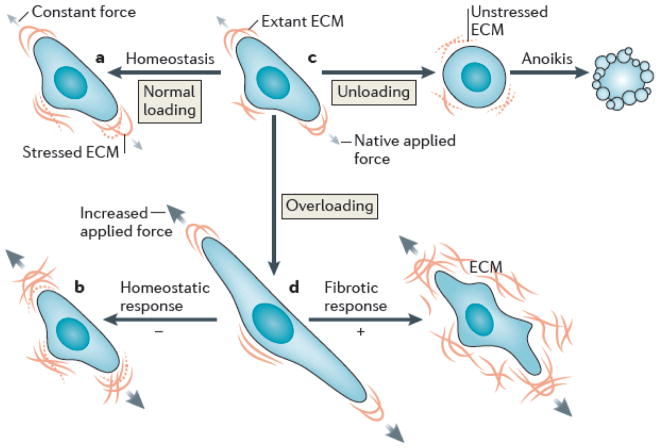Fig. 3. Cell-matrix interactions in health and disease.
Schematic drawing of a normal cell and its mechanical interaction with extant matrix that is stressed or strained due to native applied forces (indicated by the grey arrows) (top row, center). Shown, too, is both a cell ensuring homeostatic maintenance of matrix under constant forces, despite the continual degradation of stressed matrix (top row, left) and a homeostatic remodeling in response to increased applied forces, that is, overloading (black arrows; bottom row, left). In contrast, loss of signaling via the matrix can lead to a special form of apoptosis called anoikis (top row, right) whereas pathologic signaling in response to overloading can lead to a fibrotic response (bottom row, right). Note, in particular, that homeostasis ultimately requires the balanced production and removal of constituents, with the new constituents having the same mechanical properties as the old. These properties include stiffness, orientation, and prestress.

